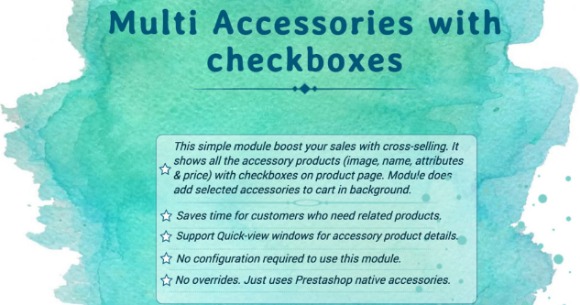#From Backyard Practice to Pro Play: The Rise of Artificial Pitching Mounds

Table of Contents
The pitcher’s mound, a seemingly simple dirt elevation, is a crucial element in the game of baseball. It provides the pitcher with a vantage point and allows them to leverage gravity for greater power and control. However maintaining a natural pitching mound can be a challenge, especially for practice facilities and amateur players. This is where artificial pitching mounds come in, offering a versatile and convenient alternative.
The Need for Artificial Pitching Mounds: Overcoming Grass and Gravel
Traditional pitching mounds are constructed from dirt and clay, requiring regular maintenance to maintain their shape, slope, and consistency. This can be time-consuming and expensive, especially for facilities with limited resources. Additionally, natural mounds are susceptible to weather conditions, becoming unplayable after heavy rain or unusable during droughts.
Artificial pitching mound addresses these limitations. Made from various synthetic materials like rubber, plastic, or specialized turf, they offer several advantages:
- Durability: Artificial mounds are resistant to weather and wear and tear, requiring minimal maintenance compared to natural mounds.
- Portability: Many artificial mounds are designed to be portable, allowing players to practice anywhere with a flat surface. This is a game-changer for backyard practice sessions or training in different fields.
- Consistency: Unlike natural mounds that can vary in feel and slope, artificial mounds offer a consistent surface for practicing mechanics and developing pitching skills.
- Safety: Artificial mounds can be designed with safety features like shock-absorbing bases to minimize the risk of injury during falls.
Beyond Practice: Artificial Mounds in the Professional Arena
While primarily used for training and practice, artificial pitching mounds have also made their way into professional baseball in specific situations.
- Indoor Facilities: Indoor training facilities often utilize artificial mounds to allow year-round practice without weather limitations.
- Rehabilitation: Pitchers recovering from injuries may benefit from practicing on a softer, more forgiving surface offered by some artificial mounds.
- Bullpens: Artificial mounds can be used in bullpen areas alongside traditional mounds, providing additional practice space.
Different Types of Artificial Pitching Mounds: Catering to Needs
The world of artificial pitching mounds is not a one-size-fits-all solution. Here’s a breakdown of some common types:
- Portable Practice Mounds: These lightweight, often foldable mounds are ideal for backyard practice or training in different fields. They come in various sizes, catering to different age groups and skill levels.
- Game-Regulation Mounds: These artificial mounds are designed to replicate the dimensions and feel of a regulation pitching mound. They are typically used in indoor facilities or for serious training purposes.
- Pitching Platforms: These are flat, raised platforms that provide a stable base for practicing pitching mechanics without focusing on the slope aspect. They are often used by younger players or those working on specific aspects of their pitching form.
Choosing the Right Artificial Mound: Factors to Consider
When selecting an artificial pitching mound, consider these factors:
- Purpose: Are you looking for a portable practice mound, a game-regulation mound, or a platform for specific drills?
- User Level: Choose a mound size and firmness appropriate for the age and skill level of the user.
- Budget: Artificial mounds range in price depending on size, material, and features.
- Durability: Opt for a mound constructed from high-quality materials that can withstand wear and tear.
- Portability: Consider how often you plan to move the mound and choose a design with portability features if needed.
The Future of Artificial Pitching Mounds: Innovation and Evolution
The development of artificial pitching mounds is ongoing. We can expect to see advancements in:
- Materials: New materials offer improved durability, shock absorption, and a more realistic playing surface.
- Technology: Integration of sensors and feedback systems that can provide data on a pitcher’s mechanics and delivery.
- Customization: Mounds that can be adjusted to different heights and slopes, allowing for personalized practice environments.
Conclusion: A Pitch for Artificial Mounds
Artificial pitching mounds offer a valuable tool for baseball players of all levels. They provide a consistent, weatherproof, and convenient platform for practicing pitching mechanics, developing skills, and refining throws. As technology and materials evolve, artificial mounds will continue to play a significant role in the future of baseball training and potentially even professional play.
by Sheriyar Awan
If you liked the article, do not forget to share it with your friends. Follow us on Google News too, click on the star and choose us from your favorites.
If you want to read more News articles, you can visit our General category.




